The Lebanese zaatar blend is one if the simplest to put together and only has 3 ingredients; zaatar, sumac and sesame seeds (no extra spices please).
Zaatar is usually paired with olive oil to make a loose paste which you can dip bread in. Combine with extra virgin olive oil if eating right away and mild olive oil if cooking.
The most common way Lebanese people use it is on manakish, which is a flatbread usually baked in a communal oven (furun).
It also goes very well with tomato and mild cheeses such as burrata, and of course there is my famous zaatar chicken recipe.
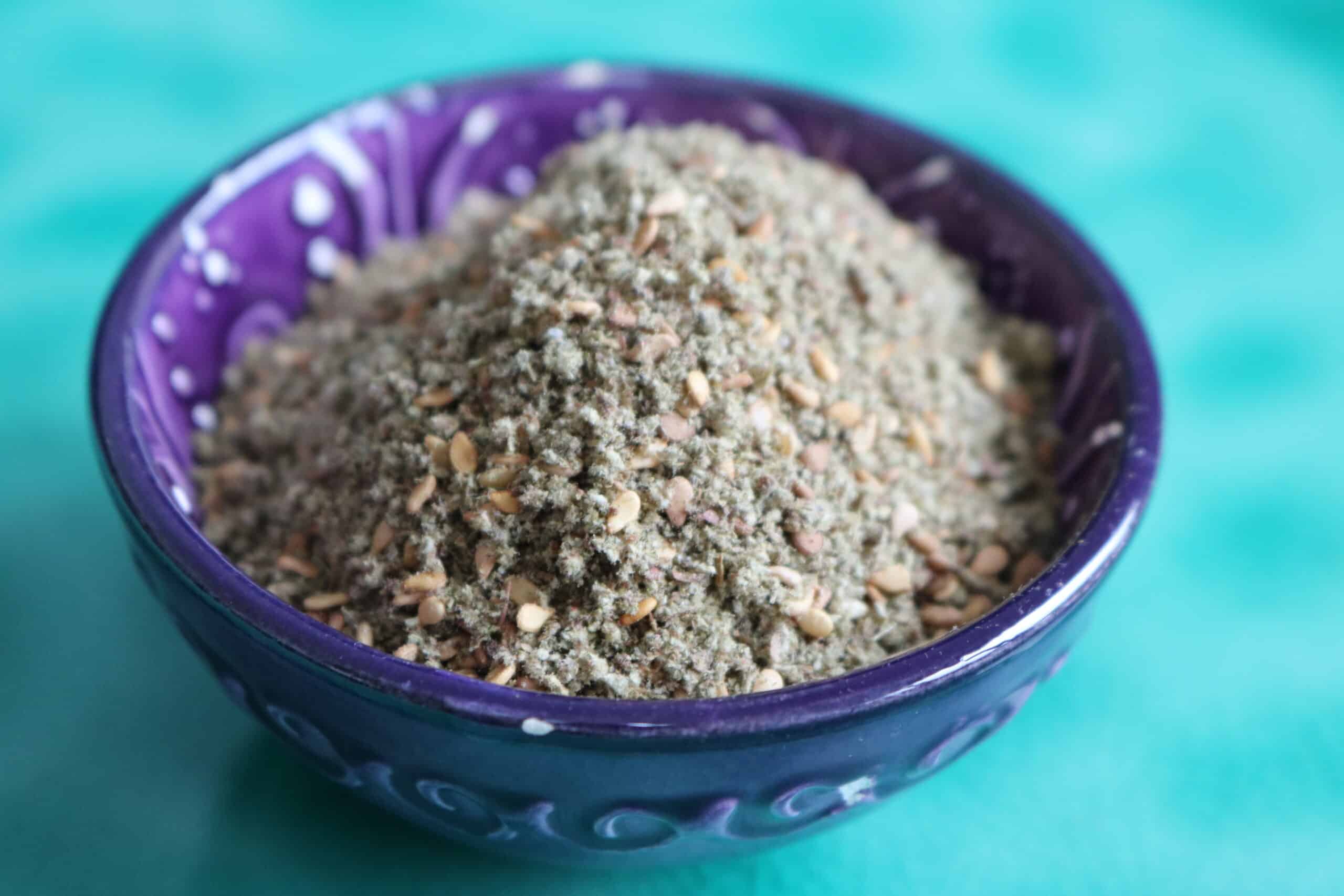
What is Zaatar?
Zaatar roughly translates to 'wild oregano'. It is slightly different to thyme in that it has a stronger flavour and its leaves are 'fluffier' than the classic oregano.
As it is a herb, you can use it as you would thyme or oregano to sprinkle on salads, put into sauces, but do not use too much as it can overpower.
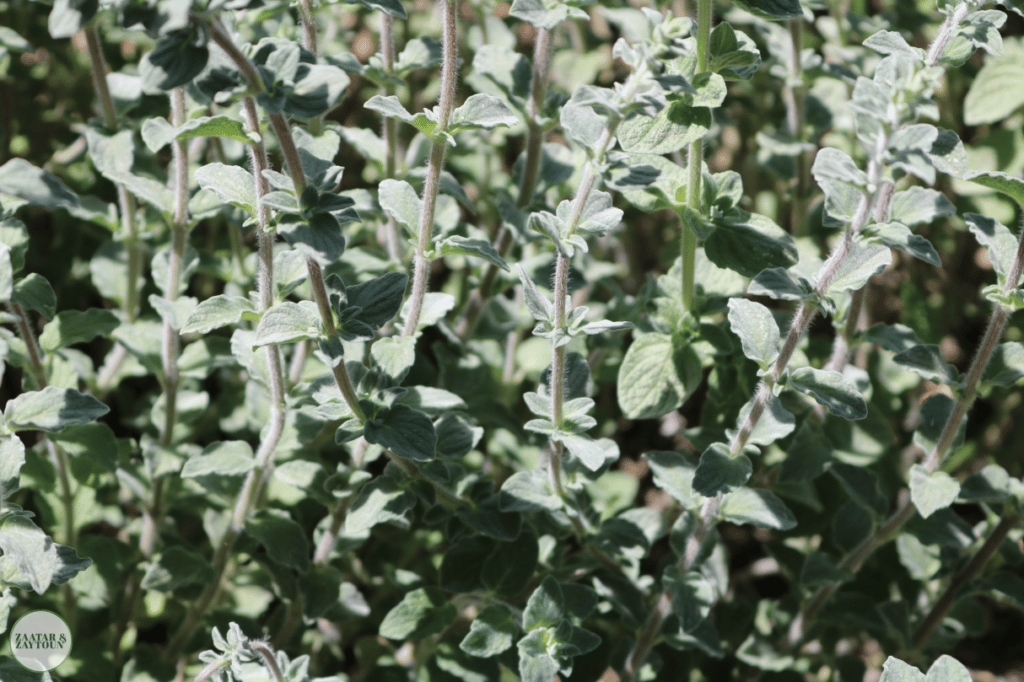
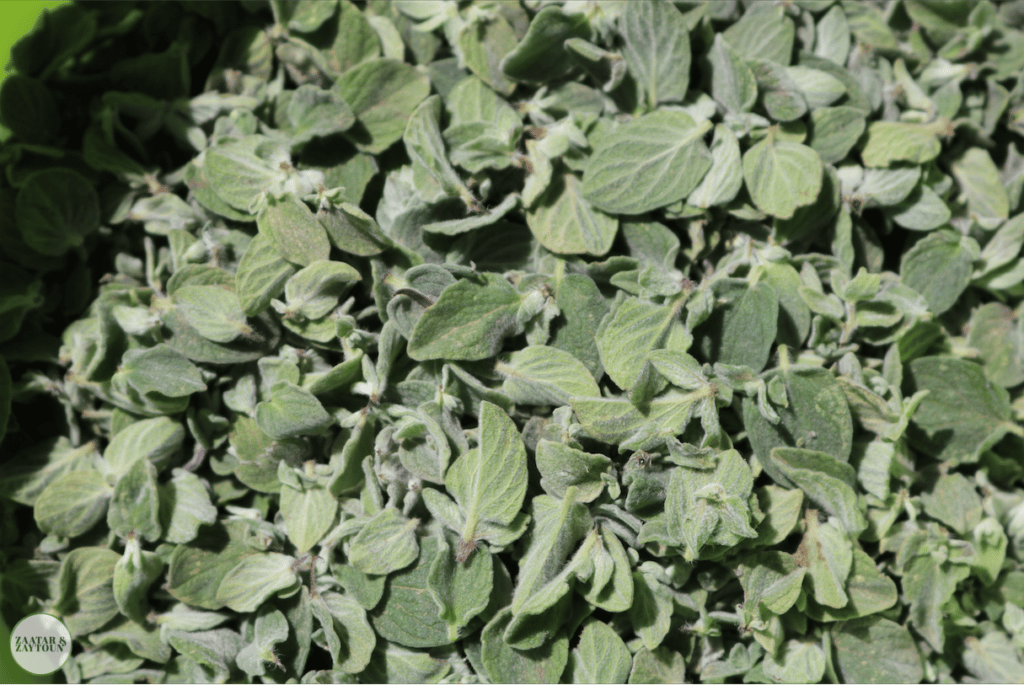
It grows wild all over Lebanon and the Levant, and people used to forage it to make the herb blend, although now it is available commercially.
The zaatar leaves are traditionally hand picked and cleaned before they are ground to a kind of rough powder.
They are then mixed with sumac that has also been picked, cleaned and ground.
The sesame seeds are lightly toasted or kept raw as they will usually brown when cooked.
Finally a little salt is added to balance the sourness of the sumac.
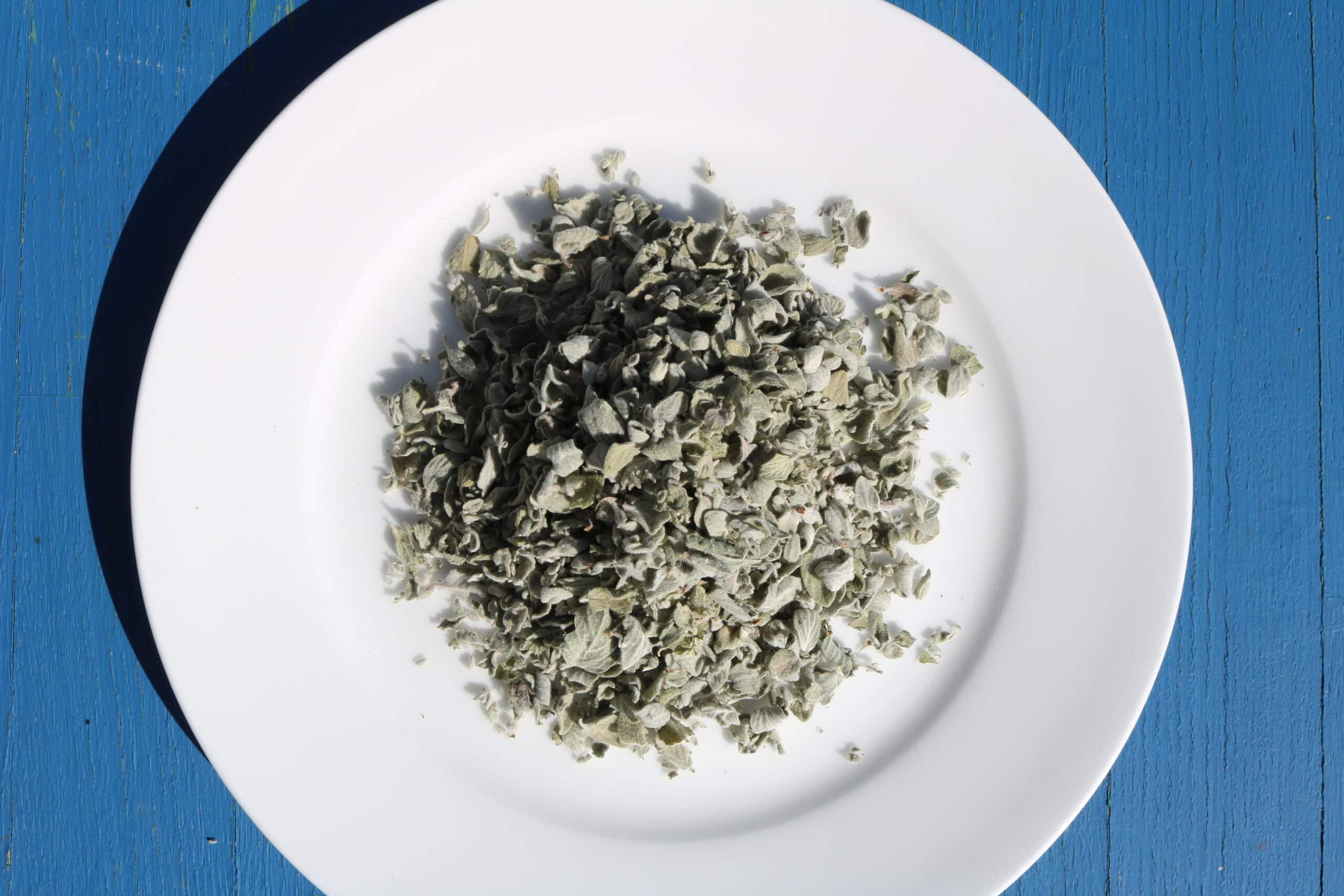
What is sumac?
The sumac plant also grows wild in Lebanon and they say what 'grows together goes together' which is probably why zaatar and sumac are best friends.
Sumac is made from dried sumac berries and can also be found growing wild across Lebanon. It has a distinctly sour taste and is an essential part of the zaatar blend.
You can tell when sumac is very fresh from it's vibrant burgundy colour. If it is old it will become brown and lose its aroma.
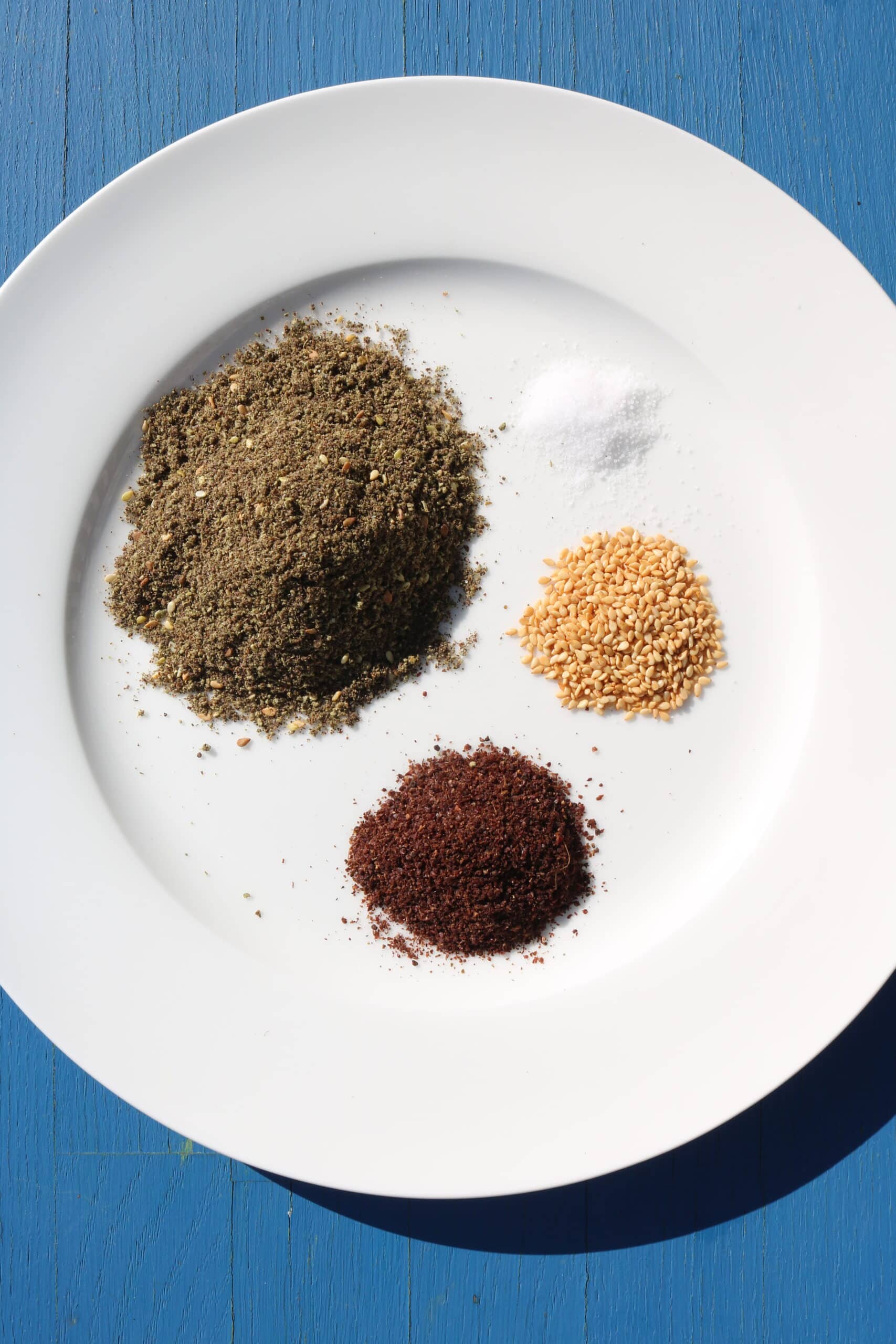
If you've never used zaatar before don't be scared of it, you need it in your life.
Our parents used to tell us zaatar makes you more intelligent, and i'm sure it has some truth in it.
You can now find zaatar in most supermarkets or online, but if you have a Lebanese friend ask them to get you some from the motherland as it's always superior.
📖 Recipe
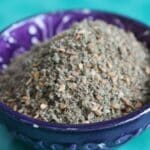
Lebanese Zaatar Herb Blend
How to make your own classic Lebanese zaatar blend
Ingredients
- 2 cups ground zaatar leaves
- ½ cup sumac
- ¼ cup sesame seeds
- ½ teaspoon salt
Instructions
-
Mix the ground zaatar leaves, sumac, salt and sesame seeds according to ratios, multiplying as necessary
-
Store in an airtight jar or container in a dark cool space.
If you make any of our recipes let us know how it went by giving us a star rating below.
Check out our Youtube page for full video tutorials, our Facebook group to discuss Lebanese cooking, as well as our tiktok page for quick tips.
Related
Looking for other recipes like this? Try these:
Pairing
These are my favourite dishes to serve with zaatar dishes:


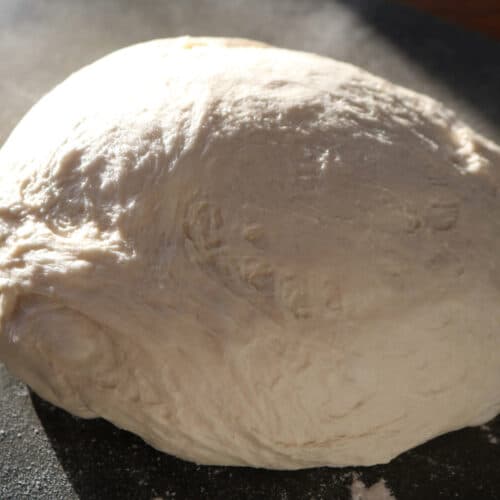
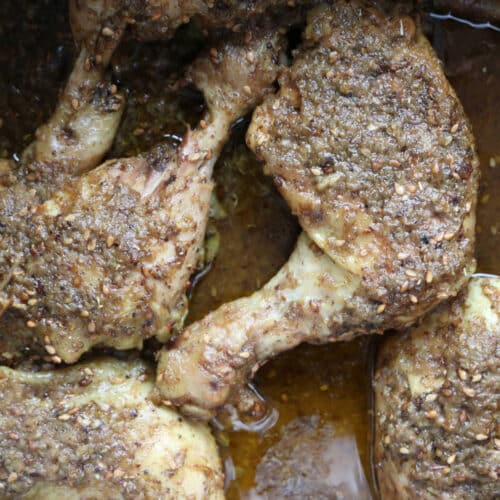
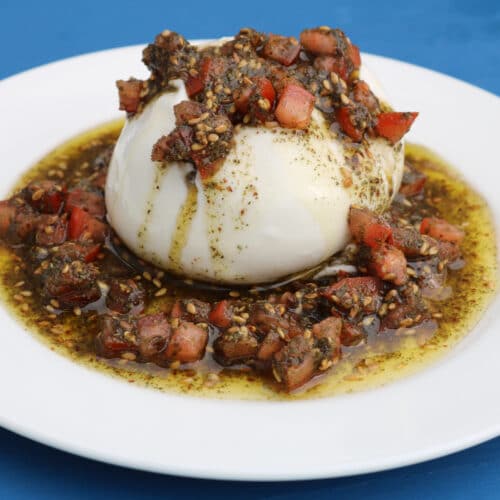
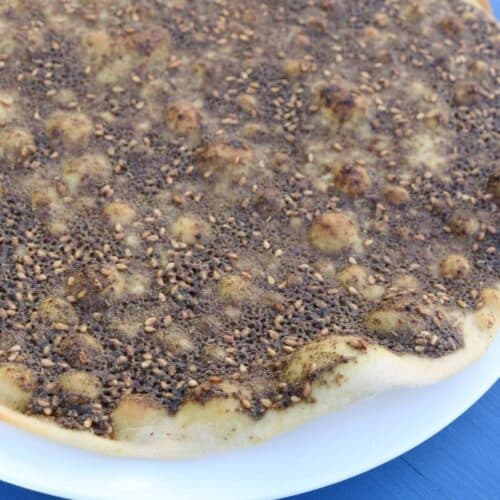
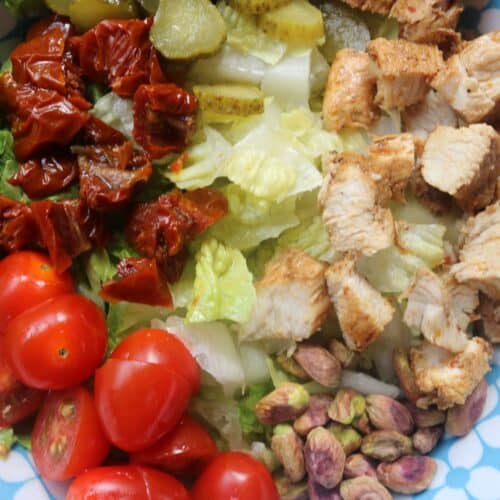
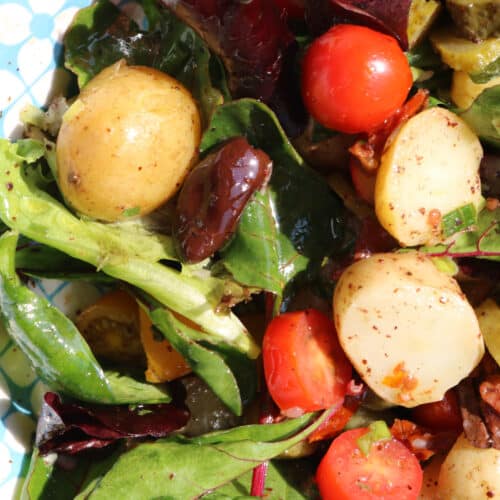
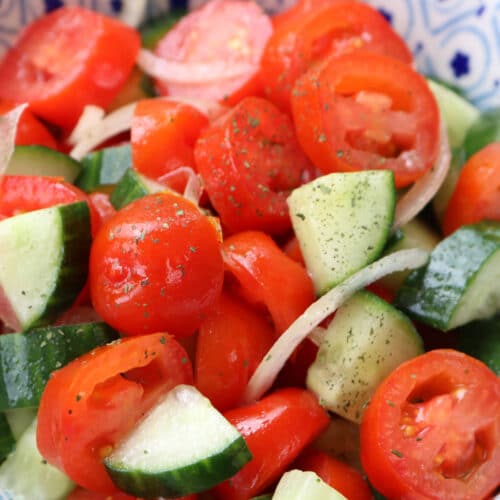
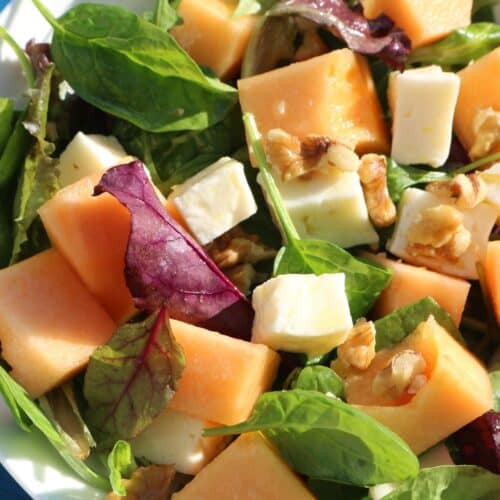
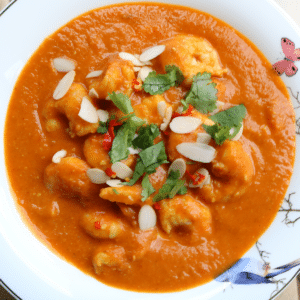
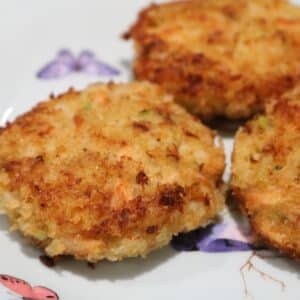

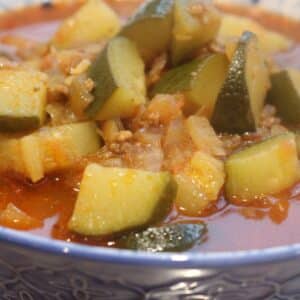
Let us know how it went